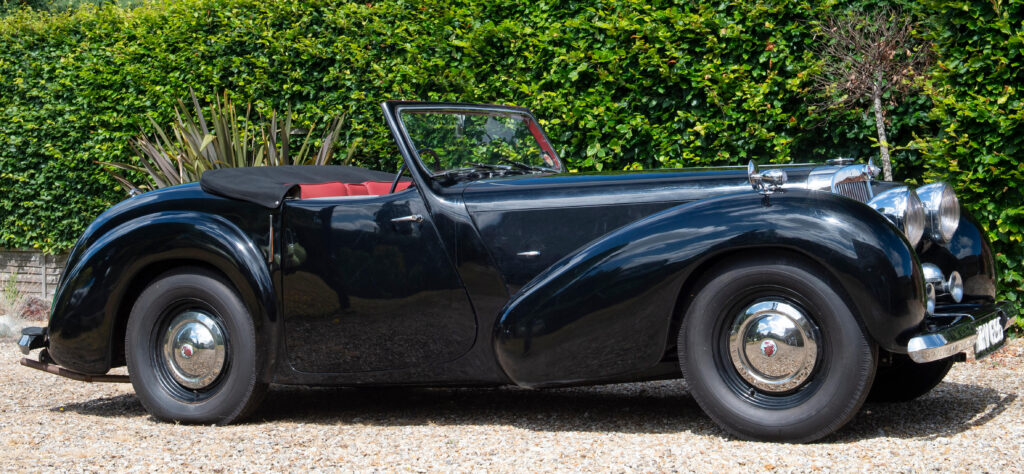
The 1910 Phanomobil Tricar Roadster is an early example of automotive innovation, representing the transition from horse-drawn carriages to motorized vehicles. This unique vehicle, produced by the German company Phanomobil, showcases the experimentation with various designs during the early 20th century.
Key Features and Characteristics:
- Three-Wheeled Design: The Phanomobil Tricar was notable for its three-wheel configuration—unusual for its time. Many early cars, especially in Europe, experimented with three-wheel designs as a way to reduce weight and complexity. The Phanomobil Tricar had two wheels in the front and one in the rear.
- Engine: The car was powered by a single-cylinder engine, typical for many early automobiles. The engine was capable of producing modest horsepower, suitable for light city travel or short distances.
- Performance and Speed: Given its small engine and lightweight build, the Phanomobil Tricar was a practical vehicle for the period, but it would not have been as fast or powerful as its four-wheeled counterparts. It likely had a top speed of around 25-30 mph, which was quite respectable for the time.
- Design and Features: The body of the Tricar was designed with an open roadster style, meaning it had little to no roof or sides, offering a breezy experience for the driver. Its minimalist design reflected the early days of automobile production, where simplicity often ruled the aesthetic.
- Innovation and Legacy: The Phanomobil Tricar is notable as an early example of compact motoring and represents the broader trend in Germany at the time, where manufacturers were exploring different ways to make motor vehicles more accessible and efficient.
Historical Significance:
- Phanomobil was part of a group of early German manufacturers that sought to lead in the burgeoning automotive industry. While many companies focused on four-wheel cars, Phanomobil’s Tricar design reflects the experimentation of the time, with some vehicles opting for three wheels to reduce cost and simplify design.
- The Tricar Roadster is not as well-known as other cars of its era, but it contributes to the understanding of early automotive history, representing a link between the horse-drawn carriages and the more conventional cars that would dominate in the coming decades.
Decline and Collectibility:
- The Phanomobil Tricar was not mass-produced in large numbers, and like many experimental vehicles, it did not have the long-term commercial success of other cars. As more refined four-wheeled vehicles with gasoline engines became dominant, designs like the Tricar fell into obscurity.
- Today, surviving examples of the Phanomobil Tricar are extremely rare, making them a valuable find for collectors and those interested in automotive history.
In summary, the 1910 Phanomobil Tricar Roadster is a fascinating piece of early automotive experimentation, highlighting how manufacturers sought to redefine personal transport during the infancy of the automobile. Its three-wheel design, small engine, and open-roadster style make it an interesting study in the evolution of car design.